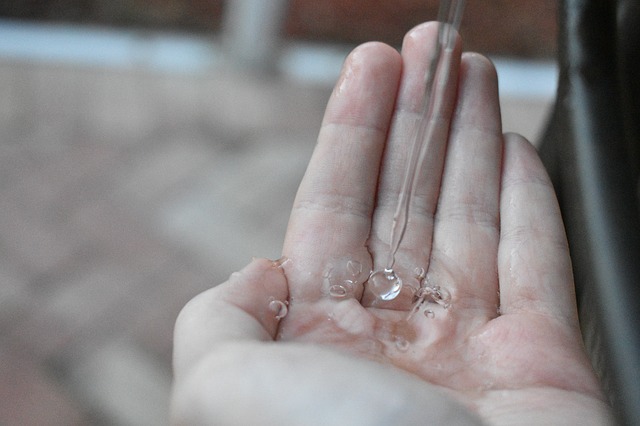Cape Town’s current level 6b water restrictions will be no more come 1 October – the City has been granted permission by the National Department of Water and Sanitation (DWS) for the marginal lowering of water restrictions. This means that Capetonians will now be able to use 70 litres of water per day instead of 50 litres.
This also means that the water tariffs will be lowered between 26.6% – 70% per kilolitre of water. This, however, is very dependent on the household’s usage and tariff category.
The Cape’s average dam level capacity is at 68%, and is a vast improvement from when there was only 38% of water in our dams at the end of winter.
“This was during a drought so uncommon that it only has an estimated return period of 311 years,” said Ian Neilson, Executive Mayor of Cape Town. “The very low supply storage resulted in the imposition of Level 6B water restrictions in February 2018. The enormously positive response from Capetonians when called upon to reduce water usage, as well as advanced pressure and water management programmes by the City, saved the day and Cape Town avoided the worst-case scenario.”
The City called for a discussion with the DWS about relaxing the level 6b water restrictions as soon as the average dam capacity reached more than 50% in the beginning of July. Since then, the City and the DWS have engaged in two meetings, and were joined by other large users of the water system, including farming associations.
“Agreement was reached among the users for a gradual reduction in the overall restrictions, including reducing the urban usage restriction from 45% to 40% of what it would normally be allocated,” Neilson said.
The proposal for the relaxation of water restrictions was based on a hydrological risk assessment, and the City is confident that the “significant behavioural change” displayed by the Cape’s residents during the drought crisis will continue and help to preserve water.
“The DWS undertook to respond by 31 August 2018, but have yet to do so. It appears that the DWS is reluctant to make any adjustments before the end of the hydrological year at the end of October 2018, when assessments are usually made,” Neilson said. “A further reassessment of future adjustments will be made once the DWS makes a ruling for the new hydrological year or advises on an interim relaxation.”
The key elements of Level 5 restrictions are as follows:
– An increase in the personal water use limit from 50 litres per person per day to 70 litres per person per day
– A resetting of the overall City water usage target from 450 million litres per day to 500 million litres per day
– A relaxation of restrictions for commercial and industrial water users from a 45% to a 40% usage reduction
– A lowering of tariffs to Level 5 tariffs:
Residential tariffs (excluding VAT)
– 0 – 6 kL: Down 26,6% from R28,90/kL to R21,19/k
– 6 – 10,5 kL: Down 25% from R46/kL to R34,43/kL
– 10 – 35 kL : Down 56% from R120,27/kL to R52,39/kL
– Above 35 kL: Down 70% from R1 000/kL to R300/kL
Commercial and Industrial tariffs
– Down 18% from R45,75/kL to R37,50/kL
Neilson added that there will also be a similar reduction in sanitation tariffs.
“We beat the drought together. It is essential that an appropriate relaxation of restrictions takes place not only so that economic activity can be improved, but also so that water tariffs can be relaxed from the current high levels to give the necessary tariff relief to households and businesses in recognition of the great sacrifices that have been made,” he said. “Given the unpredictable nature of our rainfall, it is imperative that we diversify our supply for the future, and entrench the water-saving mind-set we have cultivated over the past year.”
Picture: Pixabay






